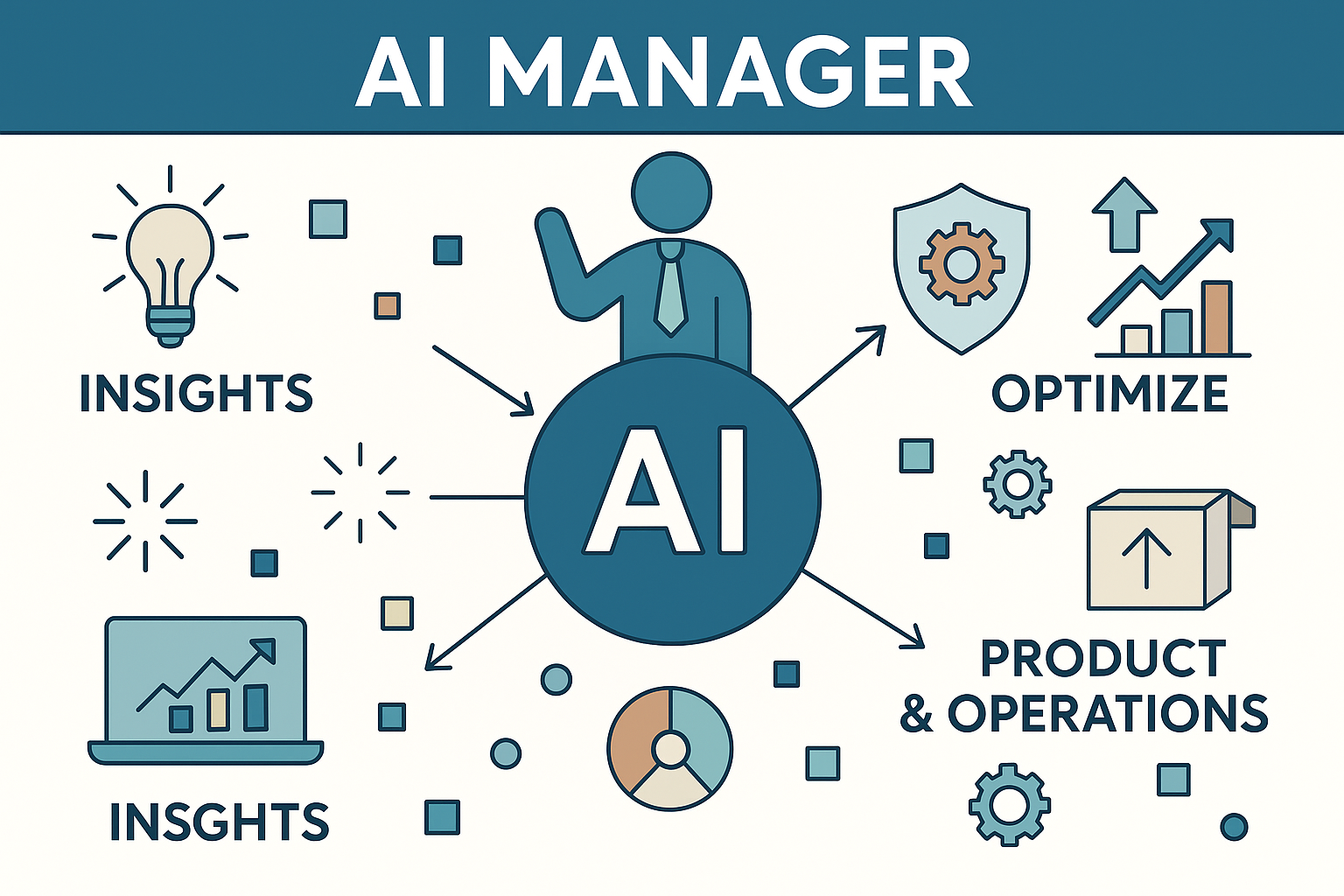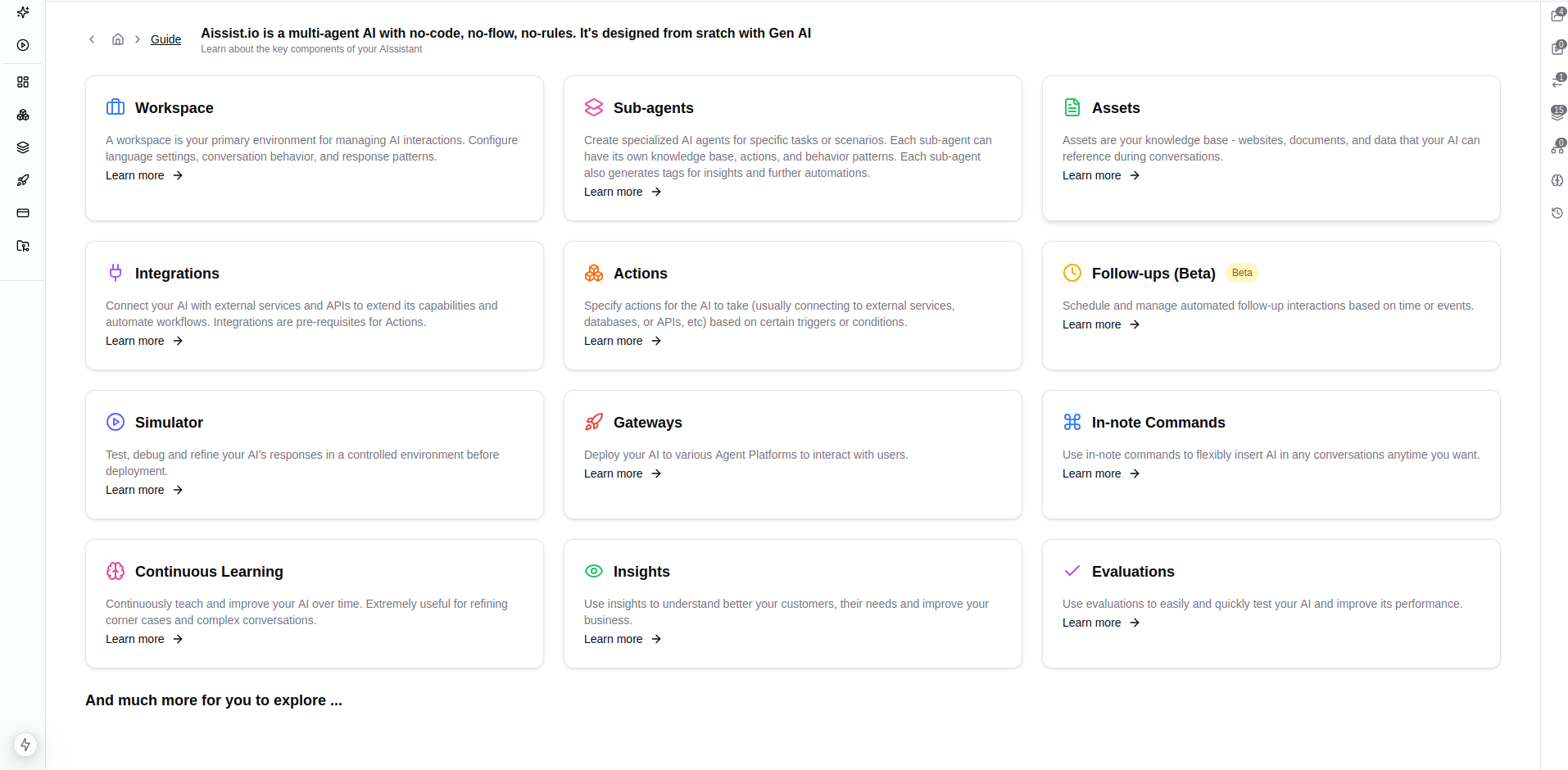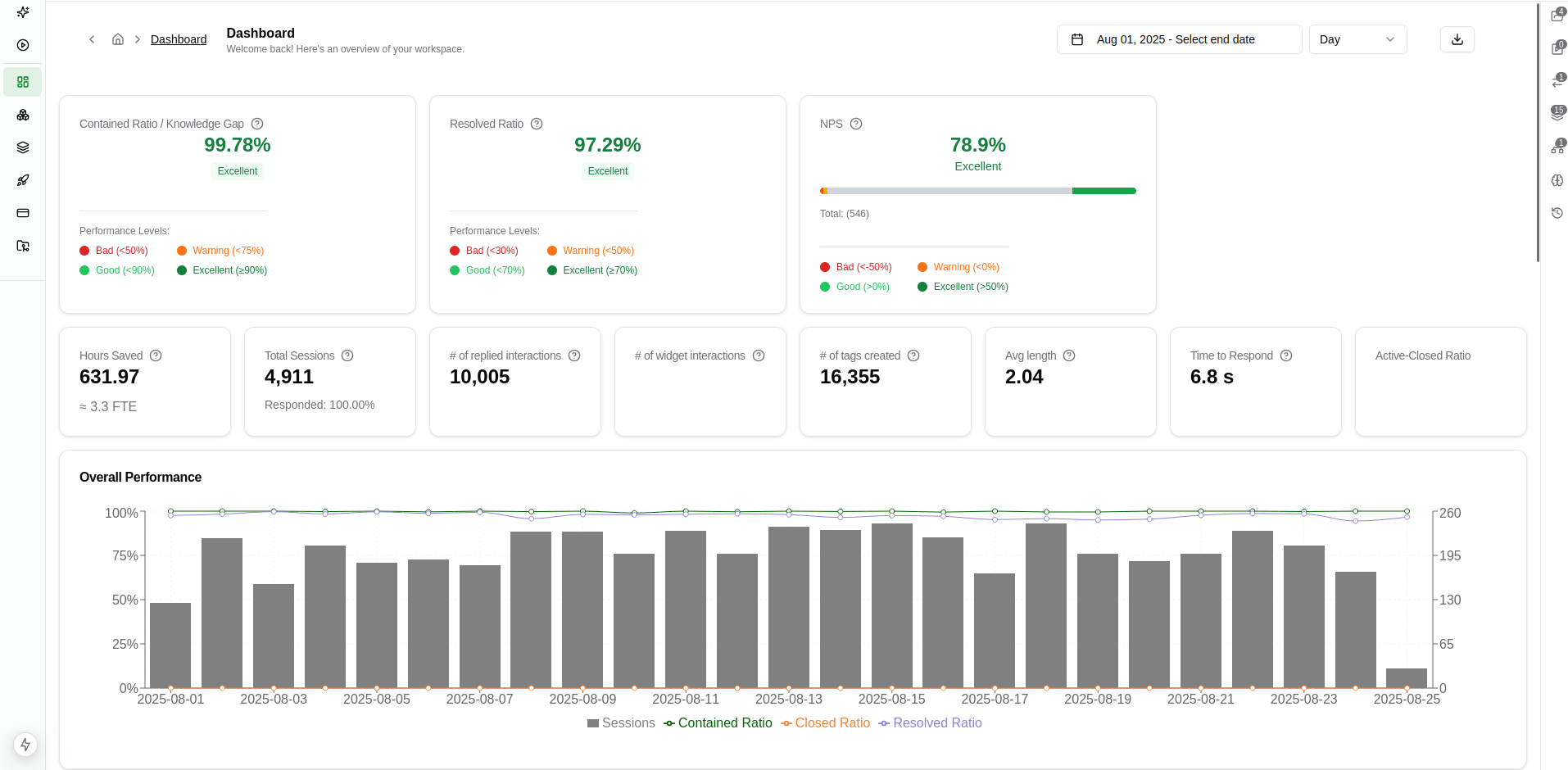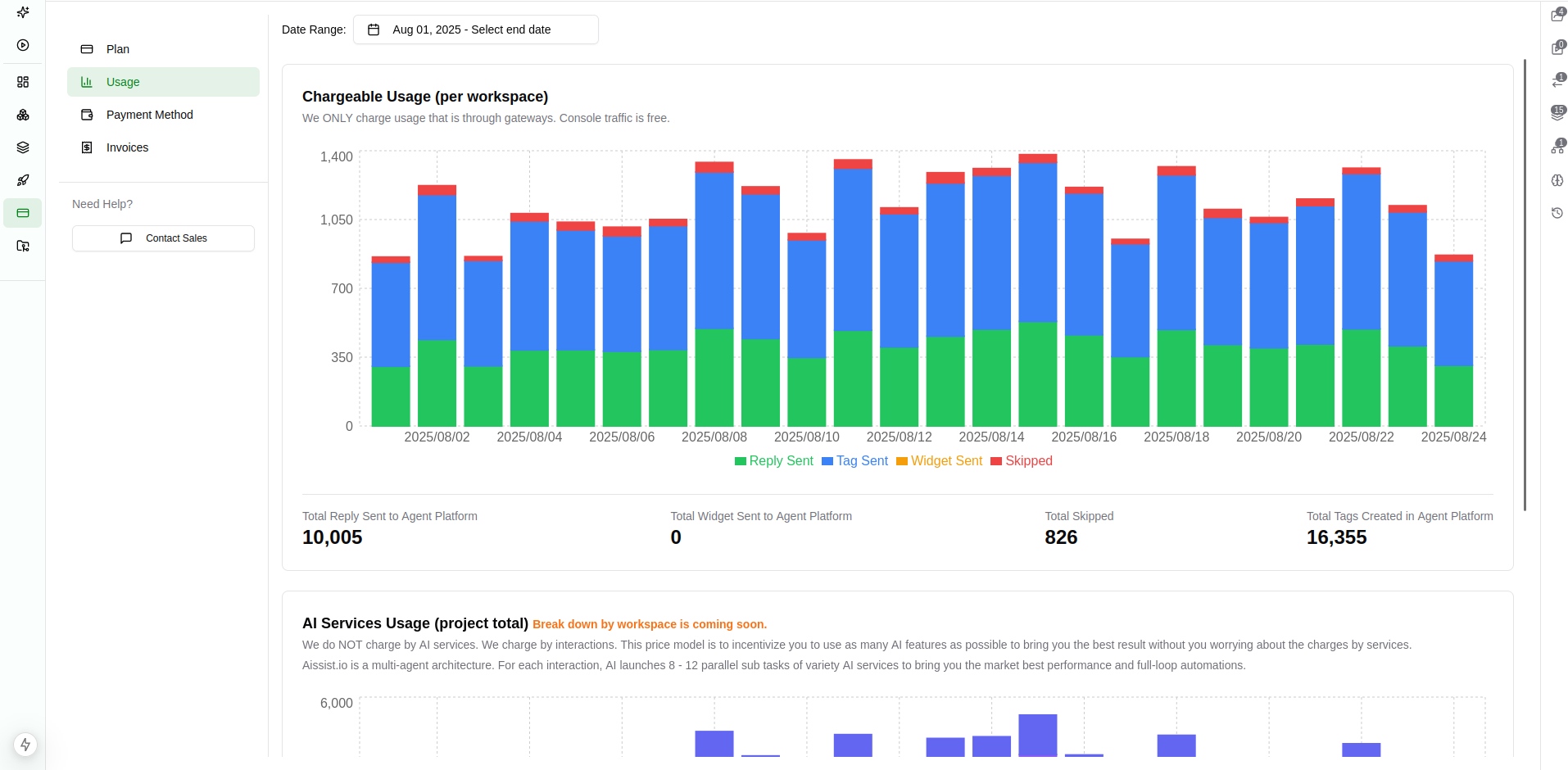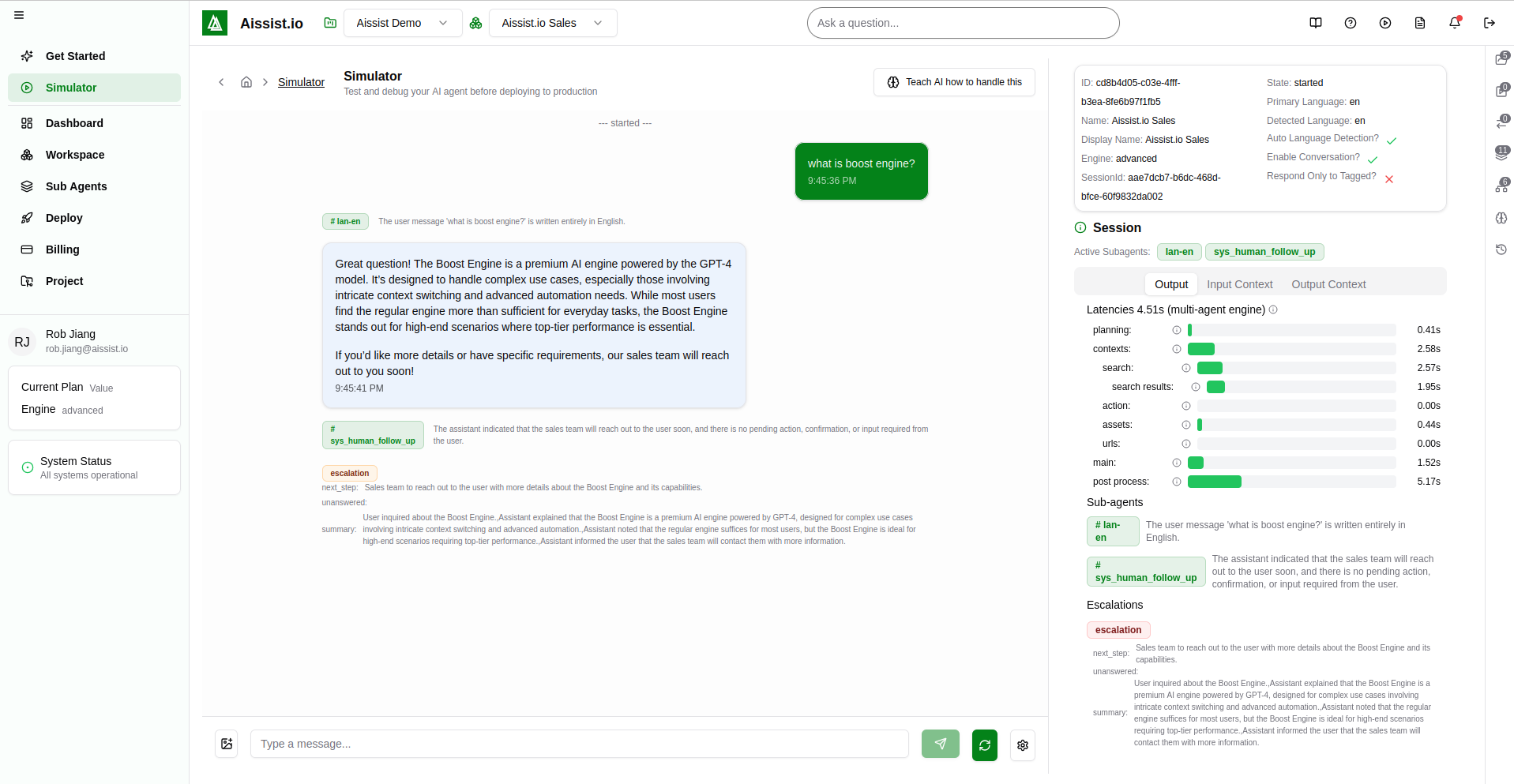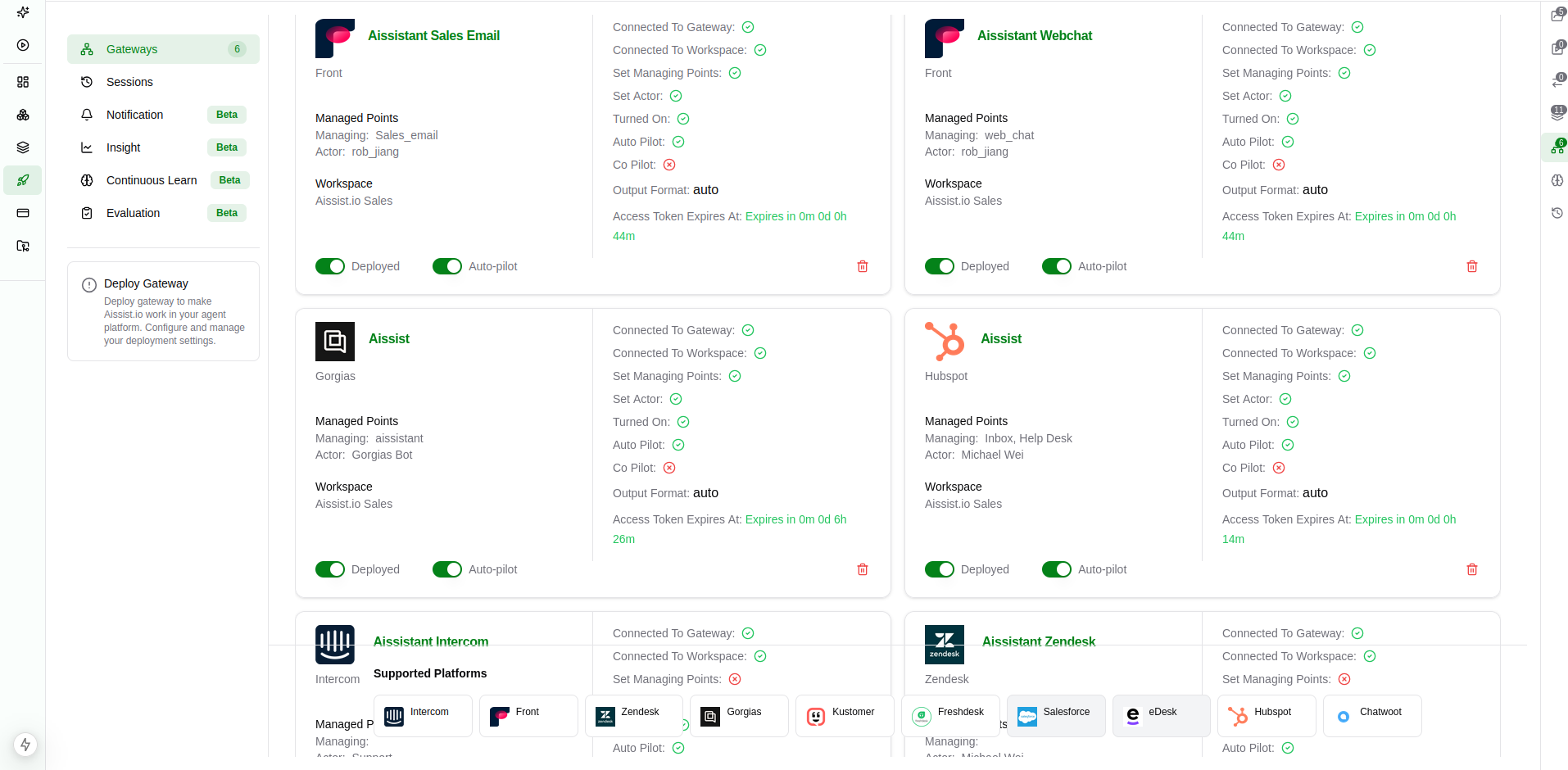When it comes to AI transformation, one factor stands out above all others: getting the metrics right. Based on our experience working with dozens of businesses across industries, we’ve found that clearly defined and correctly chosen metrics consistently make the difference between a successful AI initiative and one that falls short.
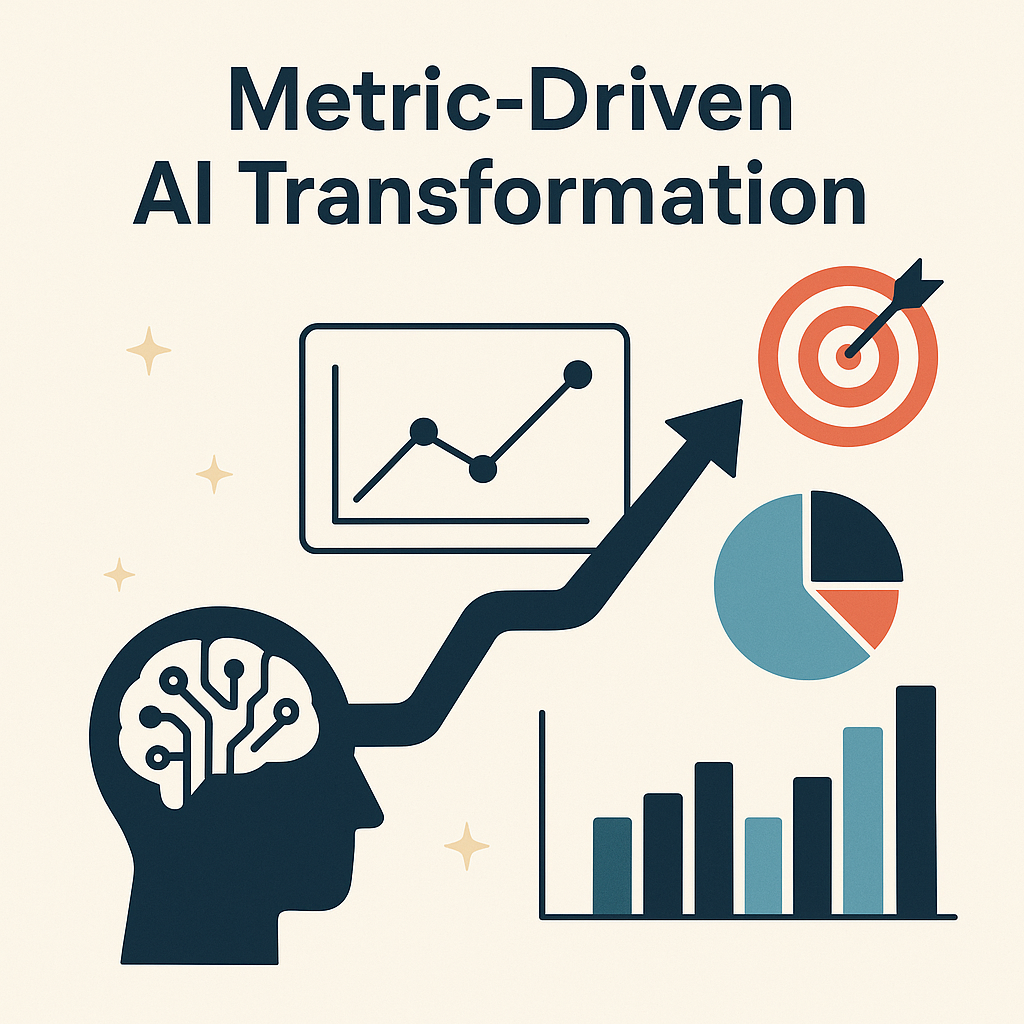
Why Metrics Matter So Much
While AI is gaining traction, it’s still in the early stages of adoption for most businesses. Individuals may be experimenting with AI tools here and there, but a full-scale, systematic transformation just started. As organizations begin their journey, it's essential to understand not just where AI is going, but where you are in the adoption lifecycle. Clear metrics help illuminate that path.
Most AI projects start with use cases, which are important, but often too vague to drive real progress. Use cases identify opportunities, but metrics define success. They translate abstract ideas into actionable goals and measurable outcomes.
In nearly every AI project we've been part of, there comes a moment when the AI implementation is challenged—whether due to skepticism, organizational dynamics, or conflicting priorities. In these moments, metrics are the only objective lens to evaluate whether the AI is performing as intended. They allow teams to defend, adjust, or refine strategies with data rather than assumptions.
And beyond problem-solving, metrics provide momentum. They offer milestones to celebrate, encourage internal buy-in, and build confidence in the journey ahead.
How to Define the Right Metrics
To ensure AI success, it’s critical to establish a two-tiered framework for measurement:
Tier 1: Business Metrics (Primary)
These should be the north star. Business metrics are the most relevant and impactful, as they tie AI outcomes directly to tangible business goals. They answer the question: Is the AI solving the problem we care about?
Common examples include:
- Resolution rate (for customer service AI)
- Customer satisfaction (CSAT)
- Sales conversion rate
- Cost savings
Tier 2: Technical Metrics (Secondary)
These metrics measure the performance of the system itself rather than its business impact. They provide insights into the system's efficiency and effectiveness.
Examples include:
- Model accuracy
- Response latency
- System uptime
- Throughput or error rate
These metrics resonate with leadership and operational teams alike and help secure long-term support for the AI initiative.
Conclusion
AI transformation is not a one-off project—it’s an ongoing journey. Use cases give it shape, but metrics give it direction and credibility. Without a clear understanding of what success looks like and how to measure it, even the most advanced AI can lose its value.
By prioritizing business-aligned metrics and using technical metrics in support, organizations can track progress, validate value, and scale with confidence.
If you need help defining the right metrics for your AI transformation, consider Aissist.io as your partner. sales@aissist.io

